N-1ws #26: More 3D for No.22, Garbaruk’s new power meter cranks, and Reeb is back in the gravel game
Also: the latest bits from MAAP, Quoc, and Velocio, and my review of the Selle SMP EVO20C saddle.
Featured in this week’s tech round-up:
Why I was an XTR no-show.
No.22 adds yet more 3D-printed bits to its titanium gravel frames.
Reeb Bicycles gets back into gravel.
Garbaruk now has power meter cranks!
Canyon picks up the PACE.
MAAP and Quoc are at it again.
Elite adds more virtual shifting options on its indoor trainers.
Some cool new jerseys from Velocio.
Specialized says goodbye to Colorado.
Selle SMP EVO20C saddle review.
An easy way to get the stank out of your cycling clothes.
Happy Friday, everyone!
Unless you’ve been hiding under the proverbial rock this week, you likely saw that Shimano finally – finally! – unveiled a new XTR Di2 mountain bike groupset. Long overdue, it’s more or less what everyone expected: It’s fully wireless, it apparently shifts very quickly, the shifter design is super clicky and super adjustable, and there’s an interesting undersized cassette-and-chainring combo for the enduro crowd. But perhaps most controversially – particularly since Shimano was first to introduce the concept back in 2011 – the new XTR has ditched its long-running pulley cage clutch in favor of an extra-strong double-spring system that is seemingly getting some rather mixed reviews.
So why am I bringing this up here, you ask? Because some of you may also noticed that I didn’t write anything about it when the embargo lifted on Wednesday, and I figured I should perhaps explain why.
In short, I haven’t ridden the stuff, and given that just about every major (and minor) bike media outlet was sure to simultaneously flood the zone – which is absolutely what happened – I didn’t see the point in dedicating the time right now if I didn’t have anything to add. Granted, I also haven’t ridden the new Campagnolo Super Record 13 stuff (which I did write up), but I felt I had a sufficiently different take on things that it was worth me investing the energy on a preview article.
I’ll post my thoughts on XTR when/if I get the stuff in hand, but that product release also provides a convenient preface for me to explain my thoughts on where I’d like to take this Substack moving forward.
I would still like to expand this publication at some later date, but at the moment it’s still a solo operation – and while even self-deprecating me will admit that I’m reasonably capable at quickly pounding out a few words on a keyboard, there are practical limits to what any one person can do. As a result, I need to be mindful of where I invest my energy, and my guess is that for anyone subscribing to this – particularly the folks with paid subscriptions – I don’t think you’re best served by me just rehashing information that you can get elsewhere.
Don’t worry, I still plan on carrying on with this weekly tech round-up as an awful lot of you have told me how much you enjoy it – partly as a way to keep abreast of what’s going on tech-wise in the bike world, but more because you apparently place value in knowing what I think about stuff <insert mind blown emoji here>. And truth be told, I also enjoy putting these together.
I’ll still cover the big gear and bike introductions when I think it’s warranted (even if I don’t have the stuff on hand) but again, only when I feel like I’ve got something to add that you might not get somewhere else. That said, you’ll probably see fewer news-type pieces, and a lot more reviews, explainers, opinion pieces, and so on. The schedule is also going to become a little more haphazard, but you’ll find more podcasts interspersed into the mix.
Anyway, I hope this makes sense to all of you. Feel free to let me know what you think in the comment section below, and in the meantime, let’s get on with it.
In the news
No.22 infuses its gravel models with a bigger dose of 3D-printing
The spiel: No stranger at all to additive manufacturing, US boutique titanium frame builder No.22 Bicycle Company has added yet more 3D-printed bits to its Drifter range of gravel bikes.
Headlining the show is the Drifter gravel race model, whose new 3D-printed chainstay stubs now allow for 700c tires up to 56 mm-wide out back without a concurrent increase in chainstay length and still leaving enough room for a 46T chainring (assuming a gravel-standard 47.5 mm chainline). Tire clearance is even more generous up front at 61 mm thanks to an all-new carbon fiber fork from No.22’s sister brand, No.6 Composites, which also gets a longer 430 mm axle-to-crown length to open up options for suspension.
The more bikepacking-oriented Drifter Adventure gets a similar printed chainstay section upgrade, though official stated clearance remains the same at 50 mm out back (or 45 mm with a front derailleur).
Finally, the Drifter X all-road model goes without the new printed bits, but nevertheless gets a slight tire clearance boost from 700x40 to 700x42 mm out back thanks to subtly steeper seat tube angles. The Drifter X is also still the only No.22 gravel model to get an integrated titanium seatmast with a printed topper.
Pricing for No.22’s Drifter gravel models starts at US$6,200-6,500 including the frame, carbon fork, titanium headset, and titanium seatpost clamp or topper.
My take: Oh my.
No.22 has pretty much built its entire business on the idea of hyper-refining its range of custom titanium bikes, and it’s clearly still pushing the envelope. The increase in tire clearance on the Drifter all-rounder model is substantial (it used to be just 45 mm), and catapults it right to the forefront of modern preferences. The printed chainstay sections look a lot cleaner than what you might get with more conventional methods, and since there’s no aggressive tube squishing required, my guess is they also yield more consistency in terms of frame manufacturing.
It’s worth noting, too, that I’ve found No.22 to be fairly conservative with its tire clearance claims. For example, my Drifter X test bike is outfitted with 43 mm-wide tires currently (actual width) and there’s still 6 mm of space at the chainstays.
By the way, in case you missed my detailed factory tour article from when I visited No.22 back in October, you can find it here.
Reeb gets back into the gravel game
The spiel: Colorado-based frame builder Reeb Cycles has primarily focused on hardtail and full-suspension mountain bikes since it opened its doors in 2011, but it’s recently decided to bring back its Sam’s Pants gravel model after a several-year hiatus.
“Reeb never intentionally exited the gravel or hardtail market,” Jeff Lenosky of Reeb Cycles told me (and yep, we’re talking about that Jeff Lenosky). “Instead, we committed 110% of our focus to developing, innovating, and building our award-winning SST and Steezl full-suspension mountain bikes. As we enter our 15th year of fabricating steel bikes, we felt it was the right time to revisit some of our longest-standing models. The gravel scene has matured and mutated, and we're stoked to deliver a modern version with timeless steel ride quality, big tire clearance, and the durability that The Sam's Pants first delivered 13 years ago.”
As with all Reeb bikes, the Sam’s Pants is a no-nonsense steel model with a focus on function and utility. In this case, that means TIG-welded construction with double- and triple-butted Columbus Zona tubing, a UDH-compatible rear dropout for maximum drivetrain compatibility, a one-piece machined flat-mount brake interface to help ensure a no-rub setup, clearance for 29x2.2” tires, a suspension-corrected front end with an oversized 44 mm-diameter head tube, fender/rack mounts, and fully external cable routing (with a port for an internally routed 27.2 mm-diameter dropper seatpost). The geometry has also been modernized compared to the previous-generation Sam’s Pants with a slacker head tube angle, a longer reach, shorter chainstays, and a more generous 75 mm of bottom bracket drop.
Prices for the Sam’s Pants start at US$2,500 with a Lithic Hilli full carbon fork (and your choice of six different powdercoated colors), and top out at just under US$9,500 with a SRAM Red AXS XPLR 1x13 wireless electronic groupset, Hunt 40 Carbon Gravel Race wheels, and the optional Cane Creek Invert CS suspension fork and RockShox Reverb AXS XPLR dropper seatpost upgrades. Reeb even offers custom (solid) frame colors for an additional US$375.
My take: This isn’t a frame that’s going to compete based on numbers, but that’s never been Reeb’s aim. This is a small-batch, US-made, premium-level steel bike with solid-looking geometry that you’re not likely to see en masse on a group ride (outside of Lyons, Colorado, anyway) – and with proprietary nothing, it’s not likely to be out-of-date any time soon, either.
This isn’t necessarily something that I would buy for myself, but I’m happy to see that it exists for the folks that would.
Garbaruk introduces its first-ever power meter
The spiel: The folks at Garbaruk have earned quite the following for its collection of fancy CNC-machined cranksets, cassettes, and derailleur pulley cage assemblies, but its latest product is something it doesn’t actually make itself at all. Garbaruk has teamed up with its compatriots at Inpeak for its first-ever factory-installed power meter.
Inpeak’s power meter is similar to 4iii and Stages in that it’s a little pod that attaches to the inside of the crankarm, and includes all the requisite bits like strain gages, transmitters, and whatnot. Inpeak says its power meter is compatible with both ANT+ and Bluetooth LE wireless protocols, includes automatic temperature compensation and zero-offset calibration, and will run for up to 200 hours of riding time on a standard CR2032 coin-cell battery. Each pod supposedly adds just 10 g, it’s waterproof-rated to IP67 standards, and Inpeak claims +/-2% accuracy.
Garbaruk is offering the Inpeak option in a single-sided version for €749, or you can go dual-sided for €889, as compared to €420 for the bare arms and spindle (without chainring). As usual, Garbaruk is offering the new power meter-equipped arms in its usual array of eight different anodized colors and lengths from 160-175 mm.
My take: This is a smart move by Garbaruk. Though its brightly colored cranksets seem to be gaining popularity, power meters have simply become a must-have for a growing part of the cycling audience, and Garbaruk should perhaps consider itself fortunate that Inpeak is located so close and was open to a partnership. I haven’t used an Inpeak power meter myself, but it seems to be reviewed well.
As always, mo’ options, mo’ better.
Canyon adds its PACE modular cockpit to the Ultimate and Endurace families
The spiel: Canyon introduced on the current Aeroad aero road racing bike and Grail gravel bike a new modular carbon fiber cockpit that it called PACE – an acronym for Performance Adaptive Cockpit Ecosystem. Fancy nomenclature aside, basically it’s a three-piece cockpit with a central “hammerhead” section, drops that are interchangeable for different bends and adjustable for width, and a Gear Groove accessory port that can be used for computer or phone mounts, or even bolt-on aerobars.
Now, Canyon has added PACE to its Ultimate and Endurace families of ultralight and endurance road bikes, saying it’ll open up options for sizing and performance variations. PACE will add 5 mm of additional height adjustment as compared to the outgoing cockpit on the Endurace, for example, while the aero drop shape will provide a more dynamic position differential between the narrower hoods and flared-out drops. And of course, there’s now the easy option for adding aerobars on both bikes, which were previously wholly incompatible.
My take: I’m not a huge fan of the proprietary interface Canyon uses to attach its latest cockpits to the steerer tube as it dramatically limits what you can use. That said, it’s nice to see that Canyon seems to be addressing some of its systems’ inherent limitations by introducing some more options. The adjustable width legitimately works quite well in that it’s easy to change widths, doesn’t creak, and also makes for easier packing for travel. And while I haven’t used the Gear Groove for aerobars myself, it’s indeed a very robust platform that at least provides some sort of reliably predictable mounting interface.
That said, I’m still annoyed that Canyon doesn’t allow buyers to choose the effective stem length for most of the bikes that include these cockpits. Sure, it’s nice that you can adjust the effective bar width, but from a fitting perspective, it’s often the stem length that needs tweaking and that’s far from easy to do here given the fully internal routing.
Barring a change in how Canyon assembles its bikes at its factory, I’d love to at least see the brand move to fully hidden routing with lines traveling along the underside of the stem instead of through it (like what Trek, Specialized, and a growing number of other brands have done recently).
MAAP and Quoc partner up again for another pair of fancy shoes
The spiel: Just a few months after MAAP launched its gravel shoe collaboration with Quoc, the two brands are at it again, this time on the road with the new MAAP x Quoc M3 Pro.
As with the special Gran Tourer XC partnership, changes from stock mostly boil down to colors – and MAAP certainly isn’t afraid of colors. Quoc offers its own M3 Pro solely in white with a black carbon fiber plate and tread, but MAAP has cooked up two bolder looks: one with a bright pink upper and the other with a more intricately detailed white microfiber, and both with color-contrasting heel and toe pads, edgier triangular perforations, a more robust reinforcement around the toe box, and bolder branding.
Retail price is US$450 / £340 / €395 / AU$650 – about a 4% upcharge from the standard version.
My take: I reviewed the MAAP x Quoc Gran Tourer XC shoes a few weeks ago, and while I found the subtly more in-your-face look to be pretty appealing, I wasn’t as fond of how the modified upper materials felt more plasticky than the original’s more leather-like feel. I think this latest collaboration is another fun take, but I hope it doesn’t come with any functional downsides this time around.
Try before you buy if you can – or at least wear them in your living room for a bit before installing cleats.
More Elite trainers are now compatible with Zwift Cog and Click virtual shifting
The spiel: Zwift last year released its Cog and Click sprocket as a way to get around the issue of always having to match the drivetrain type on your bike with the drivetrain type on your indoor trainer. Instead, Cog and Click features a single sprocket and a wireless two-button handlebar switch that combine to provide virtual shifting that occurs instantaneously inside the electronic resistance unit itself. Just getting the Cog and Click physically installed was simple enough as it slides right on to a standard Shimano HG-type freehub body, but getting the virtual shifting to work required a bit more work on the back end with the trainer – and not everyone was on board just yet.
After initially tepid support with just two compatible models, Elite has more recently announced a more sweeping firmware upgrade that now brings nearly its entire catalog of smart trainers into the fold, including the Direto, Direto X, Direto XR Team, Justo, Justo 2, Suito, Suito-T, and Avanti.
My take: This isn’t a big deal if you already have an Elite indoor trainer setup that’s fully compatible with the drivetrain on your outdoor bike. Aside from perhaps not having to fiddle with fine-tuning your rear derailleur, there isn’t a big reason to switch.
However, this is a nice option if you’re a multi-user household or perhaps have a newer bike and an older trainer with a different cassette that no longer jive with each other, particularly given the total cost is pretty modest at US$80 / £80 / €80. Installation is super easy, too, and Elite even offers a discount for the brand-specific Cog that Zwift has created to better suit the company’s resistance unit curve.
Velocio releases new Unity and no-zip jerseys
The spiel: Velocio recently unveiled a couple of interesting new additions to its expansive collection of cycling jerseys.
First up, its annual Unity model just dropped, based on Velocio’s inline One jersey, but with a distinctive multi-color block graphic that the company says was “inspired by individual expression and collective communities.”
As with every Unity model Velocio has introduced since debuting the idea back in 2017, this isn’t just a fancy color pattern; Unity is actually more a way for the company to provide a “show of support and a catalyst for change, raising awareness for inclusivity and social justice.” The latest model is focused on LGBTQ+ rights, with Velocio saying all profits from the jersey will be donated to the American Civil Liberties Union.
Retail price for the Unity jersey is US$169.
Next up is the Concept Radiator Zipperless Jersey. As the name suggests, this is a take on Velocio’s standard hot-weather-focused Radiator model, but without the usual full-length zipper. According to Velocio’s product description, “removing the zipper creates a more aerodynamic and form-fitting jersey with fewer breakable elements.” Velocio builds this jersey using Polartec Delta fabric, which according to Polartec, “accelerates evaporation and heat dissipation, keeping you fresh, dry and comfortable.”
Ditching the zipper drops the price a bit down to US$179 for either the men’s or women’s version.
My take: Brands certainly seem to be taking some pretty different approaches to promoting equity and inclusion these days, but kudos to Velocio for sticking to its guns with its Unity range. Since debuting the project eight years ago, Velocio has donated more than US$250,000 to various causes – a quarter-million dollars! – so we’re not exactly talking chump change here.
Whatever your viewpoints are on these subjects, I hope we can at least all agree that the great philosopher, Depeche Mode, was spot-on when they opined that “People are people, so why should it be [that] you and I should get along so awfully?” The idea seems so simple, but yet it’s clearly so hard for some.
As for the Concept Radiator Zipperless Jersey, this sounds like a fantastic piece from a functional standpoint. Polartec’s marketing spiel may come off as over-the-top hype, but the material is genuinely pretty amazing stuff in terms of how well it keeps you cool in hot conditions – so much so that I’ve purchased a number of tech tees made of Delta fabric for gravel and XC riding.
Specialized is shutting down its Colorado office
The spiel: I’d heard rumors of this through the local grapevine several weeks ago, but a recent article by Bicycle Retailer and Industry News has confirmed the rumblings. Specialized paid nearly US$15m in early 2023 for the gorgeous custom building in Louisville, Colorado, that was once home to Pearl Izumi with plans of using it as a hub for some of its product development team, as well as a bigger-and-better “experience center” to replace its smaller operation on the north end of Boulder. But not even 2 1/2 years later, the company has decided to instead expand its headquarters in Morgan Hill, California for a more centralized operation.
My take: Well this is a bummer, at least from a personal perspective. I’d gotten used to Specialized having a presence in Colorado in recent years, and the impression I’d gotten from folks who were based there – many of whom relocated on their own during the COVID years – is that they quite enjoyed living the Colorado lifestyle.
Employees at the Louisville location aren’t exactly out of a job as they’ve apparently been offered positions in Morgan Hill, but it’s going to be a disruption for all of them regardless. I don’t know yet what Specialized plans on doing with the building, but it’s a 5,100 sq m (55,000 sq ft) behemoth that might not be the easiest to unload – particularly in this economy.
Farewell, Colorado Specialized folks. I barely knew thee.
TL;DR review: Selle SMP EVO20C saddle
Saddles are perhaps the most personal pieces of gear on your bike, and with so many different models, shapes, sizes, and philosophies on the market, there are sometimes just as many opinions as there are options. Much like bikes in general, though, we’ve seen a fair bit of convergence in saddle design as many brands arrive at similar solutions for the same problem.
One brand that still manages to stand out from the crowd is Selle SMP, whose somewhat bizarre-looking (and surprisingly expansive) collection of oddly swoopy saddles has earned it a loyal following. They indeed look like nothing else on the market what with their curiously downward-curved “Eagle Beak” noses, full-length cutouts (and by full, I mean full), and dramatically wavy fore-aft profile. As it turns out, there’s a reason why no other saddles look like Selle SMP’s: the shapes are patented.
Patented or not – and regardless of how well they might work – many riders have historically shied away from Selle SMP if only because of their, uh, distinctive appearance. However, the company has introduced several models in recent years that are more conventional-looking. One of those is the EVO20C, and at least for me (and several other folks I spoke with), it’s not only proven to be a damned comfy place to spend a day, but a good reminder that how saddle is shaped is far more important than how it’s padded.
Selle SMP builds the EVO20C with a carbon-reinforced nylon shell, a one-piece EVA foam pad and cover, and tubular stainless steel rails. The company categorizes it as one of its “short” models, though at 253 mm, it’s still 13 mm longer than a Specialized Power. Actual weight for my sample is 224 g and retail price is US$299 / €239, but if you’re feeling flush, there’s also a carbon-railed version for US$479 / €349 that’s about 55 g lighter. And if you want or need more width, there’s also the EVO30C that’s 10 mm broader.
Even with the truncated format, Selle SMP still manages to cram in its usual anatomical features, and they seem to work well here. Unlike saddles that have a flatter profile front to rear that almost seem to encourage you to move around, the EVO20C’s wavy profile – and the two depressions for your ischial tuberosities – has more of a distinct sweet spot. That requires a bit more time to get the positioning just right, but once you have it dialed in, the payoff is an unusually locked-in feel.
That’s not to say that you can’t move around; it’s just that that one spot offers the most positioning stability. In fact, I found just about every area of the EVO20C to be impressively comfy. Most surprising for me was how accommodating the nose was despite there being very minimal padding in that region. That “Eagle Beak” shaping may look funny, but it sure seems to work.
Speaking of padding, Selle SMP varies the thickness depending on the location, but there isn’t a whole lot of it to speak of regardless. What’s there is at least very firm and supportive, and the smooth surface strikes a nice balance between being able to move around freely and having just enough grip to keep you from sliding around too much.
As comfortable as the Selle SMP EVO20C is, however, there are a few downsides to keep in mind.
For one, you could argue that the model with stainless steel rails that I tested is a bit heavy, which is likely directly related to that generous amount of fore-aft adjustment Selle SMP provides – more metal equals more weight, after all, especially with how the company wraps the rail all the way around the tail of the saddle as a way to provide more structural stability. For the sake of comparison, a Selle Italia SLR Boost Ti 316 Superflow is similar in price, but is about 70 g lighter despite also having metal rails (and in fact, it’s even lighter than the carbon-railed EVO20C).
I don’t particularly love it when my bike looks like a rolling billboard, but Selle SMP has gone so minimal on the branding on the EVO20C that it almost seems like something is missing. Aside from the little reflective logo on the back (and the little tricolore fabric flag the company always attaches to the rail), the EVO20C is completely unadorned. Whether that’s a good thing or a bad one is up to your own interpretation.
Finally, I have some long-term durability concerns about the EVA top. Whereas conventional saddles use different materials for the cover and padding, Selle SMP uses nothing but EVA foam. As mentioned earlier, it has just the right amount of slickness and grippiness for my liking, but it also seems a little more prone to nicks and scratches than something with a more traditional leather or leather-like cover.
Aside from those minor complaints, the Selle SMP EVO20C has been a winner. I only wish I had more than one.
ICYMI
Did you catch me in the intro to this newsletter saying I was going to start rolling out some more podcasts? Well if you missed the one I posted earlier this week, it was a pretty good one if I do say so myself.
Headed up by Richard Schwinn – the great grandson of Schwinn Bicycle Company founder Ignaz Schwinn – Waterford and Gunnar were two high-end American steel frame brands that were born when Schwinn closed up shop in 1993. The two brands developed a devoted following over their 30-year run, but Richard decided it was finally time to wind things down in 2023.
Just a few weeks ago, though, the two brands were purchased by Abra-Cadabra Fabrication, the parent company of Colorado-based custom titanium frame builder Sanitas Cycles. I called Richard up to pick his brain on some of the backstory of Waterford and Gunnar, how this deal came to be, and where he thinks they’ll go from here.
You can check out that episode here.
Tech tip of the week
Ever struggled with a persistent stink in your cycling clothing? Hate to break it to you, but it’s usually because you’ve got some stubborn bacteria embedded in the material that just won’t let go in a standard washing machine cycle.
I’ve found laundry stripping to be helpful from time to time, but what’s arguably been even more effective at killing the odor (and far easier to do) is Lysol’s aptly named Laundry Sanitizer. I don’t know exactly what makes this stuff so potent, but just a capful added to a regular load in addition to your usual detergent somehow manages to completely nuke whatever nasty stank is clinging to that favorite jersey of yours.
Seriously, the stuff is magic – and it’s not even remotely expensive. Go get some.
And that’ll do it for yet another n-1 newsletter! Thanks as always for reading, and an especially big thanks to all of my paid subscribers. I’ve still been amazed at how many of you have been willing to send your support my way, and I’m forever grateful that you’ve made it possible for me to continue doing this.
Enjoy the weekend, everyone! Hopefully Mother Nature treats you to some solid riding weather, but before you hop in the saddle, do me a favor and fill out the poll below.





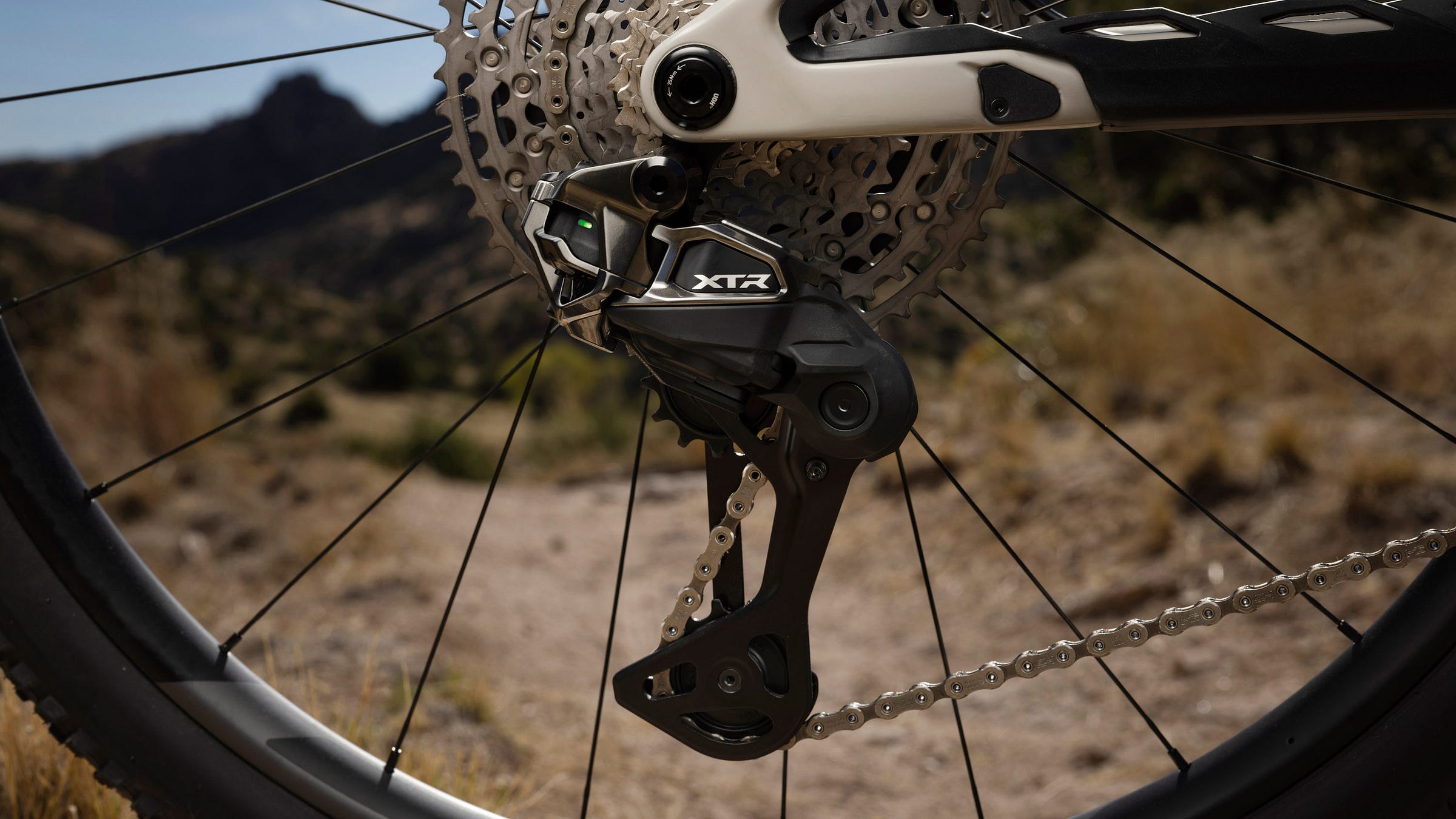

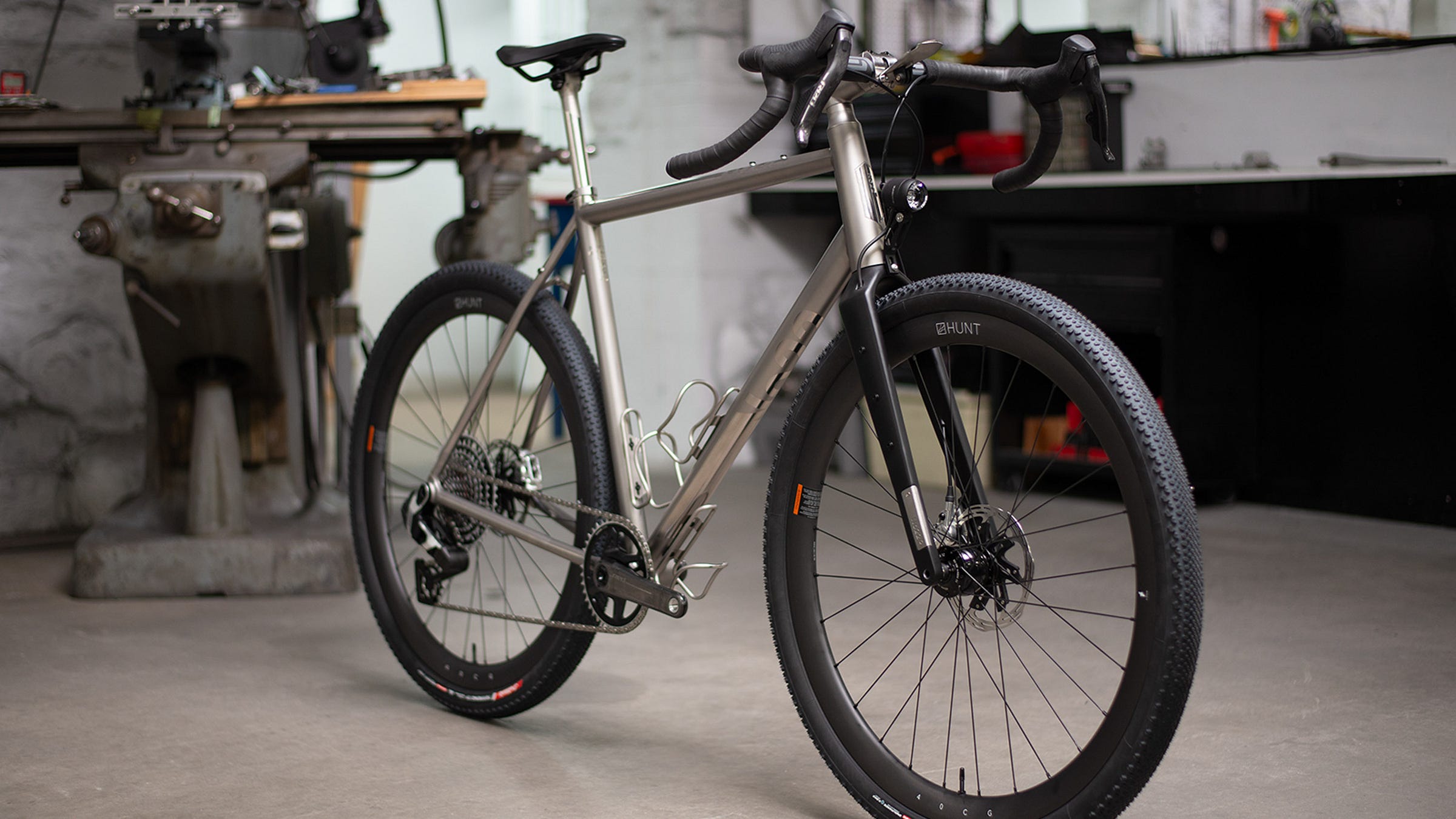
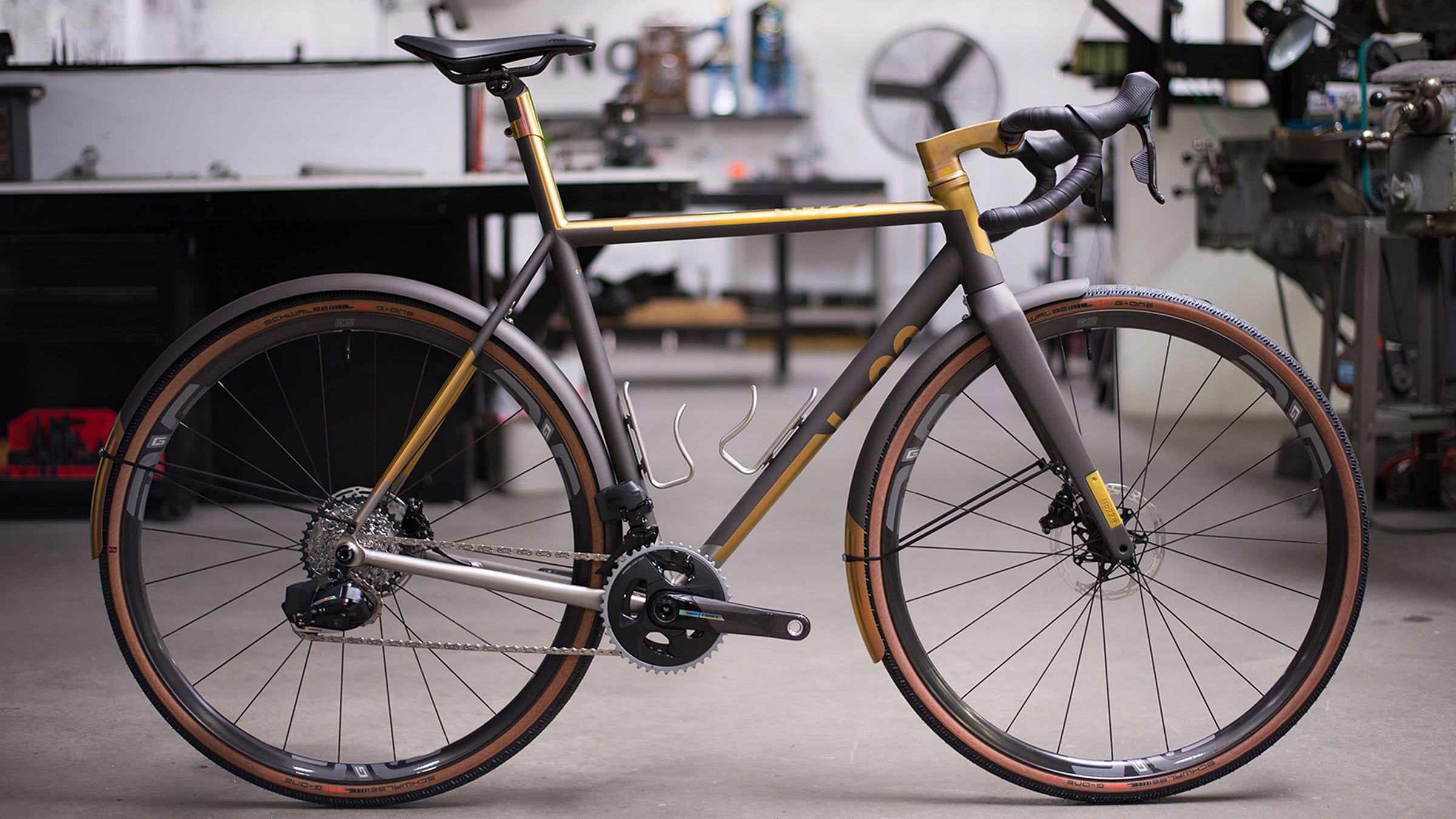
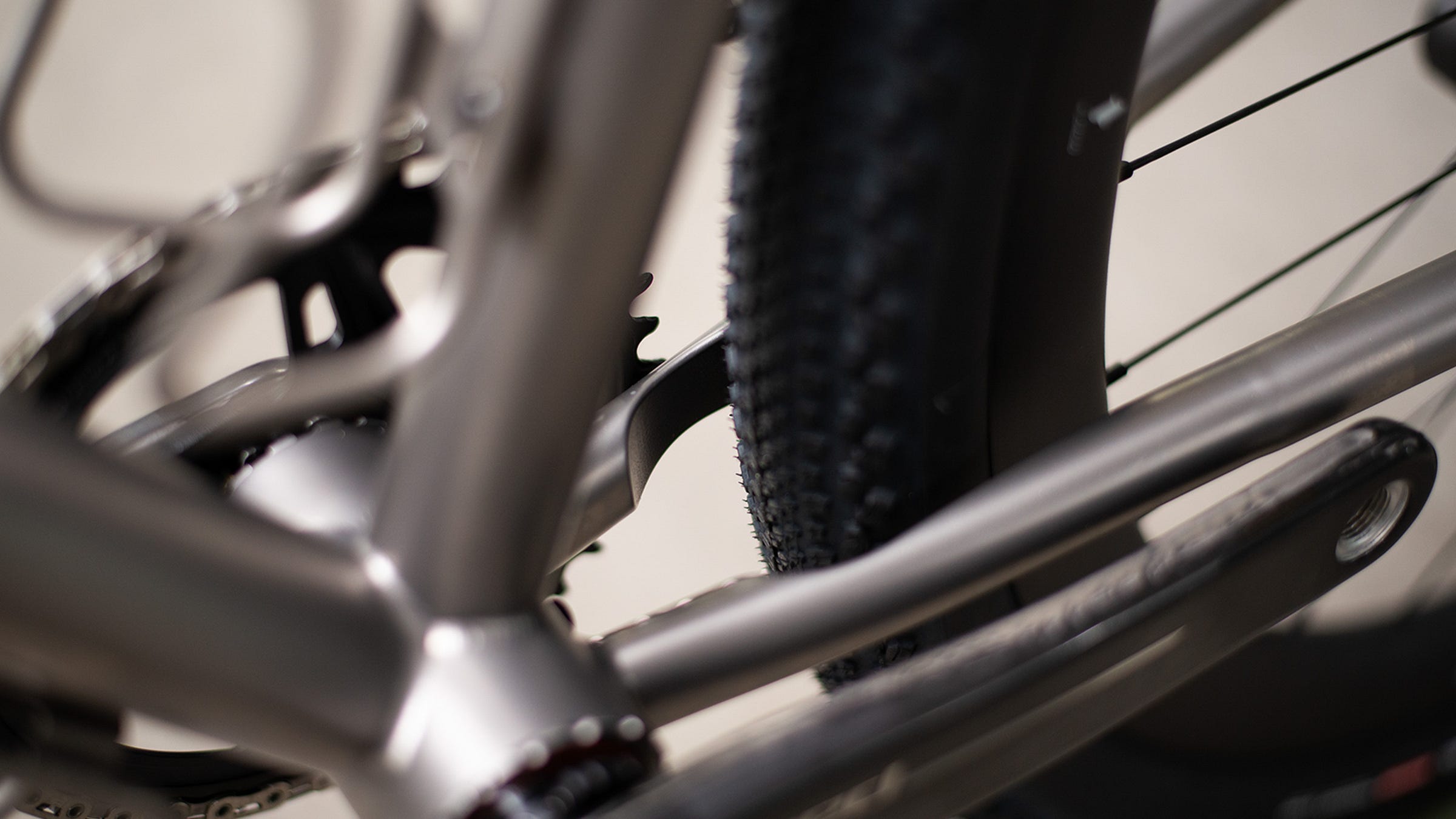

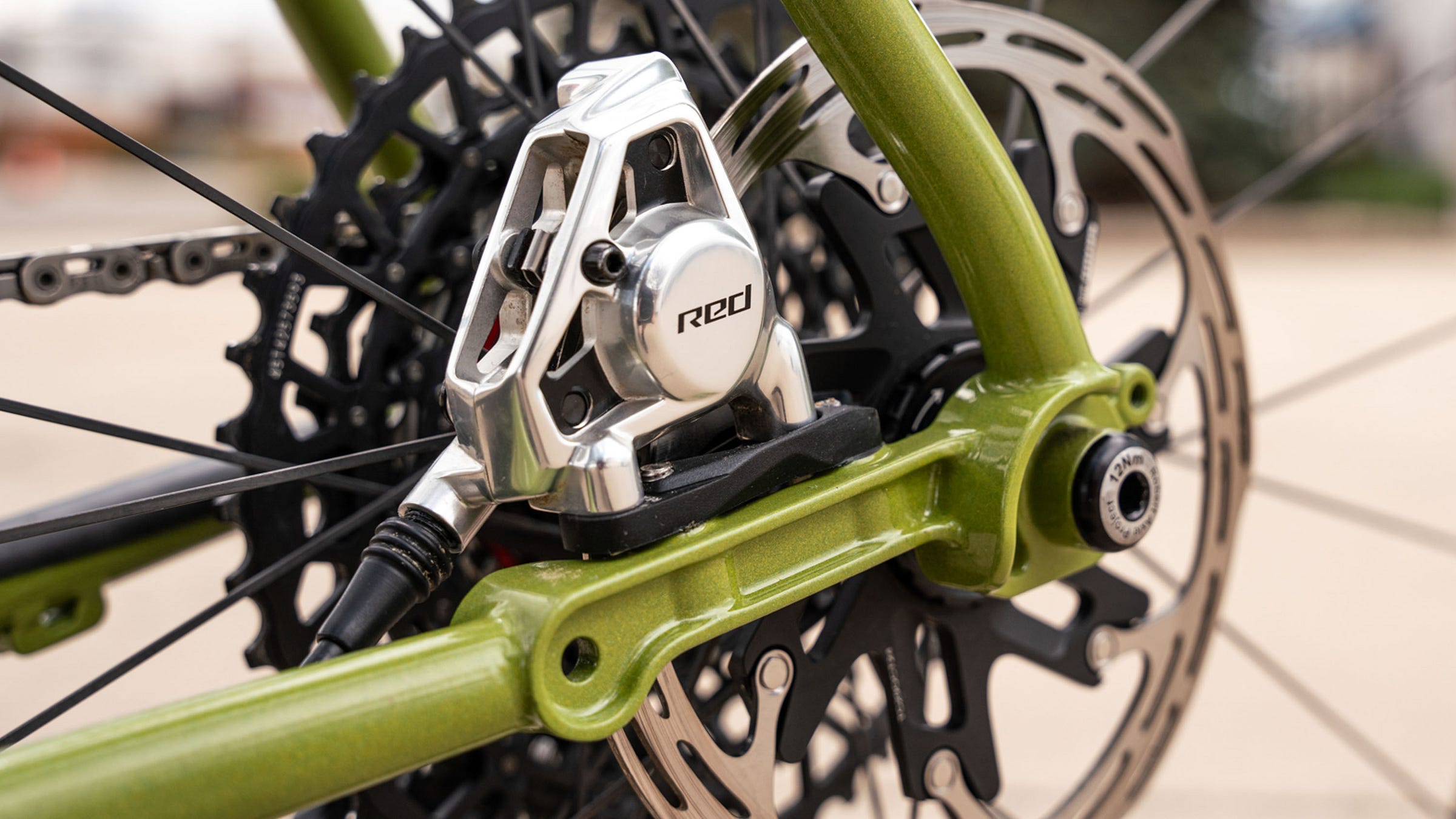
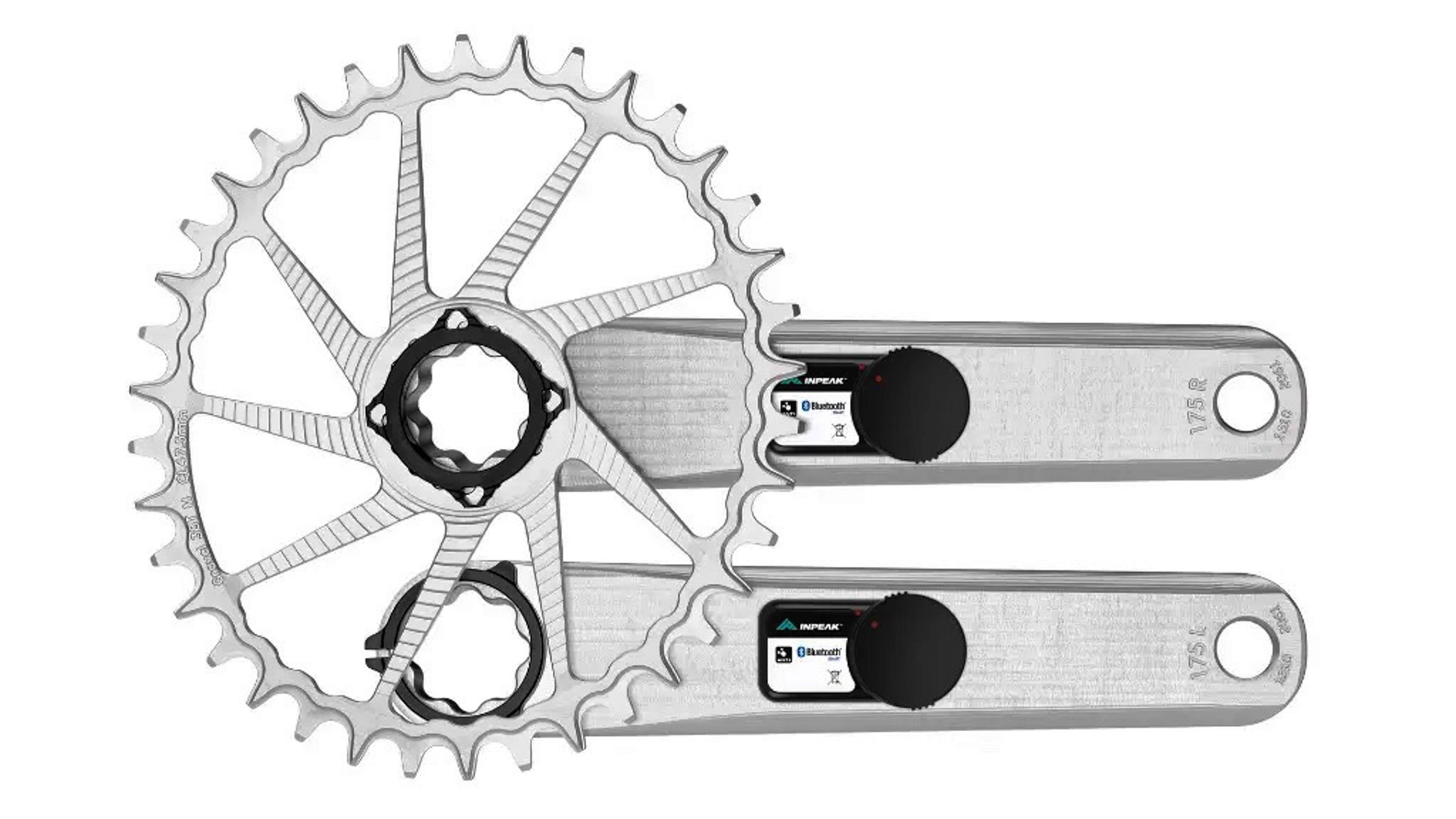
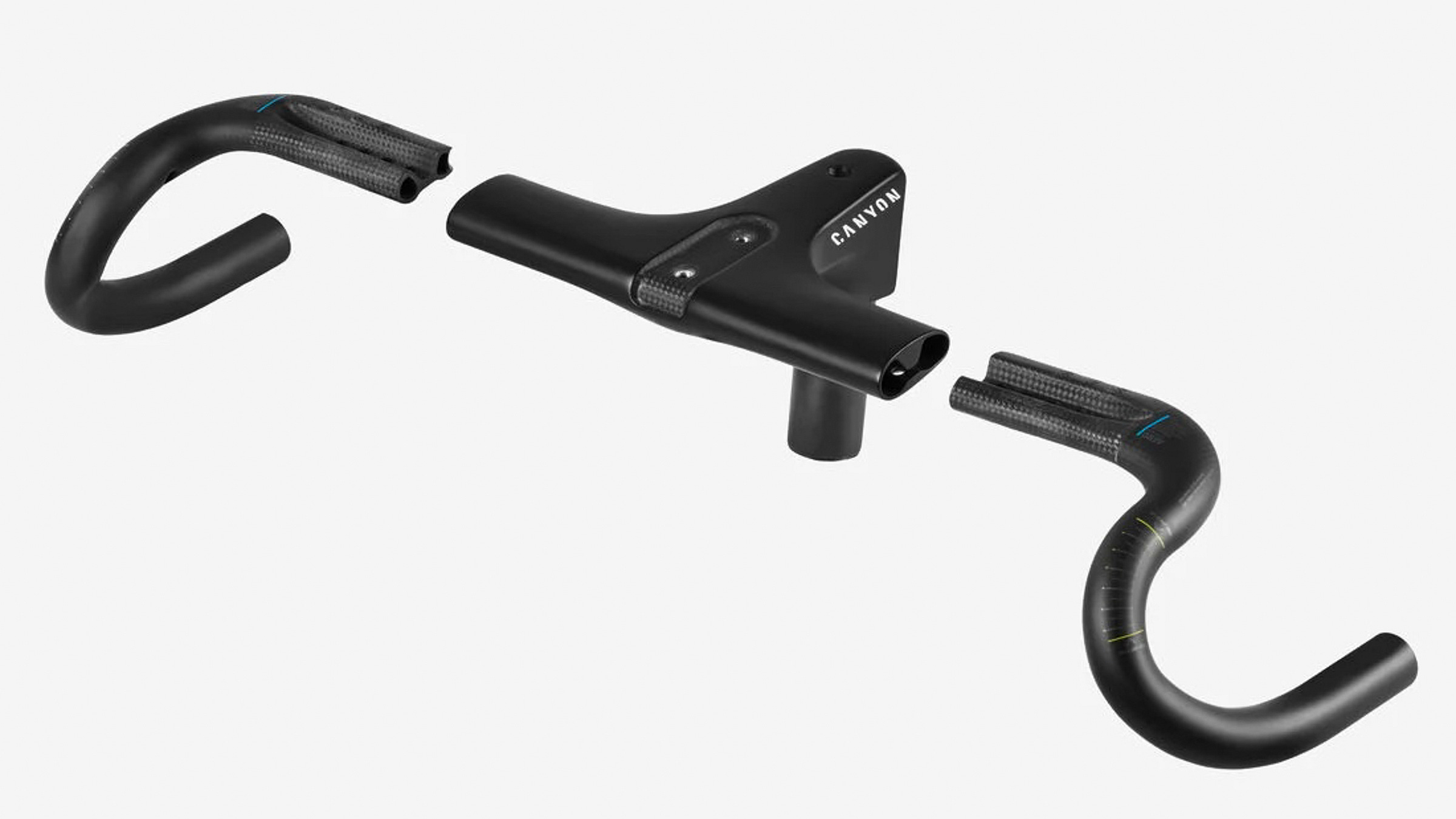

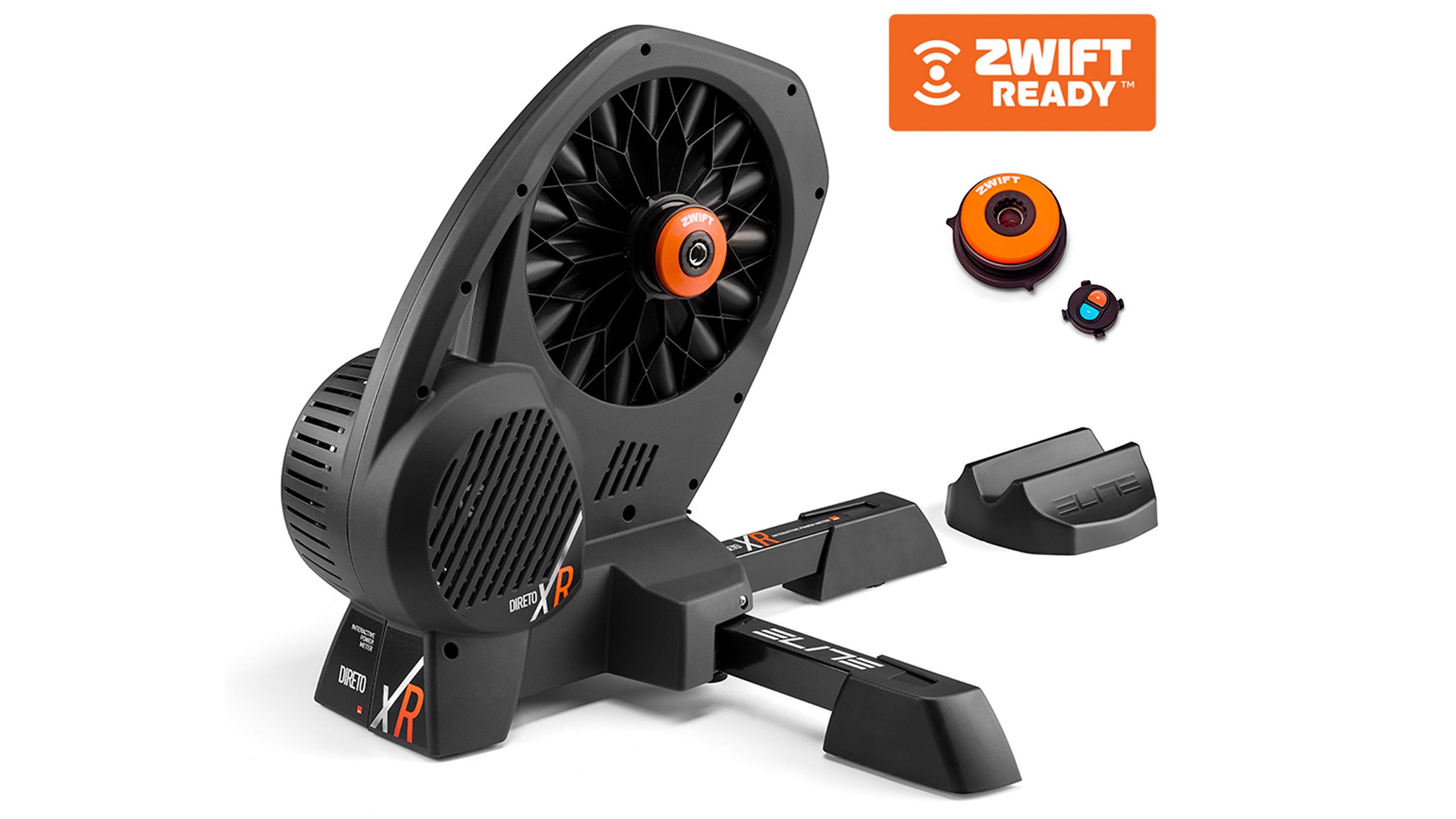
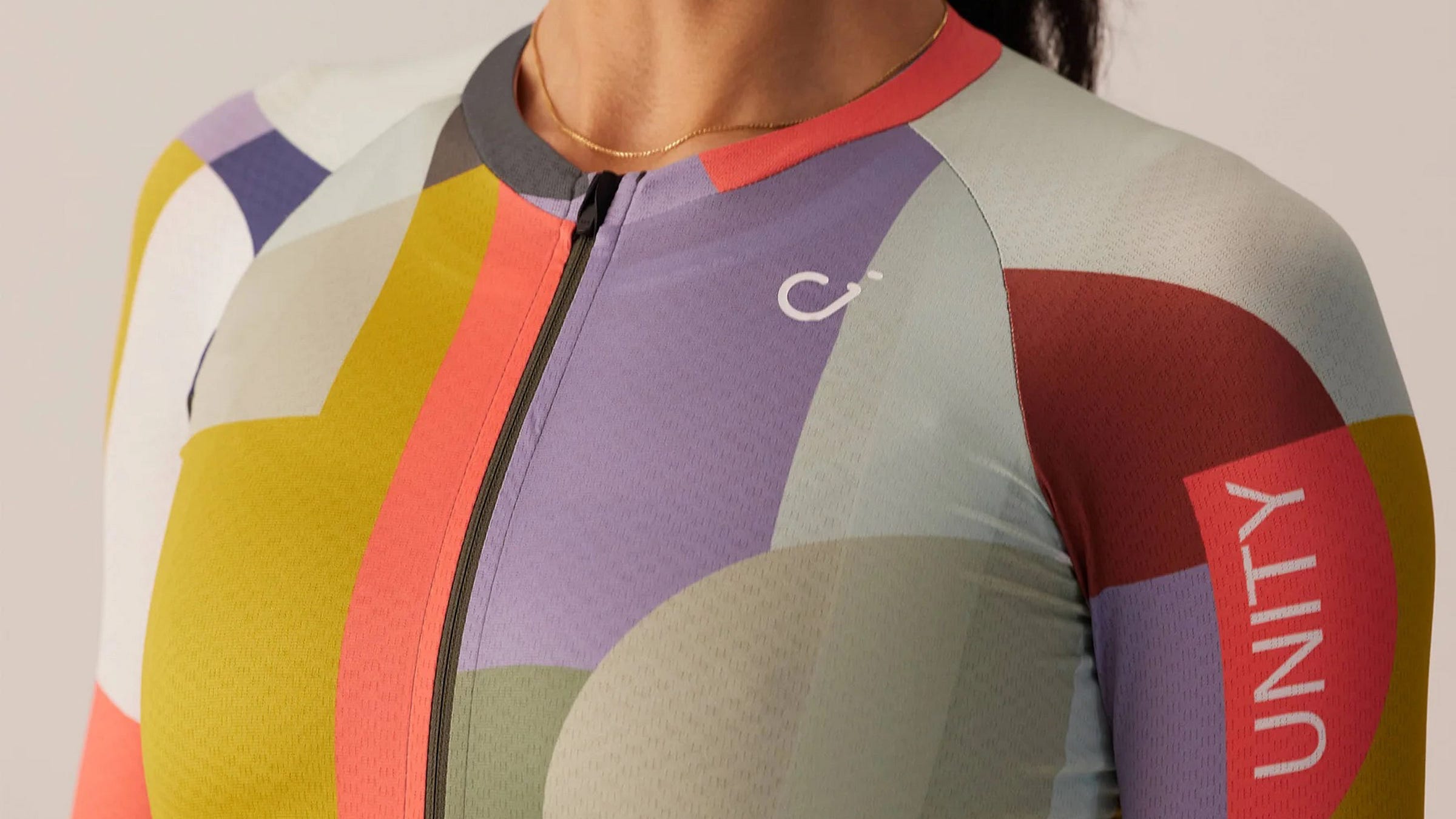
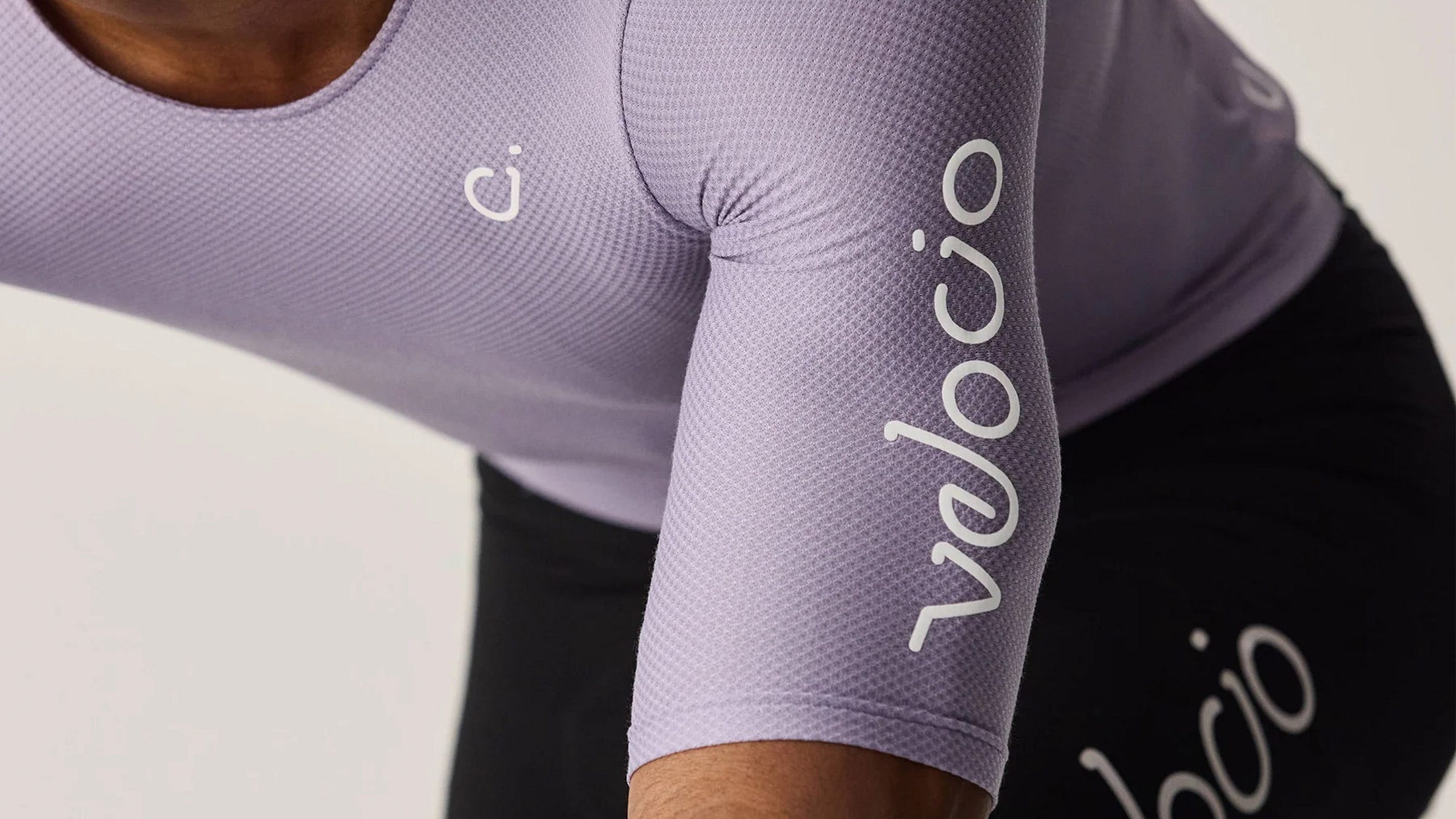
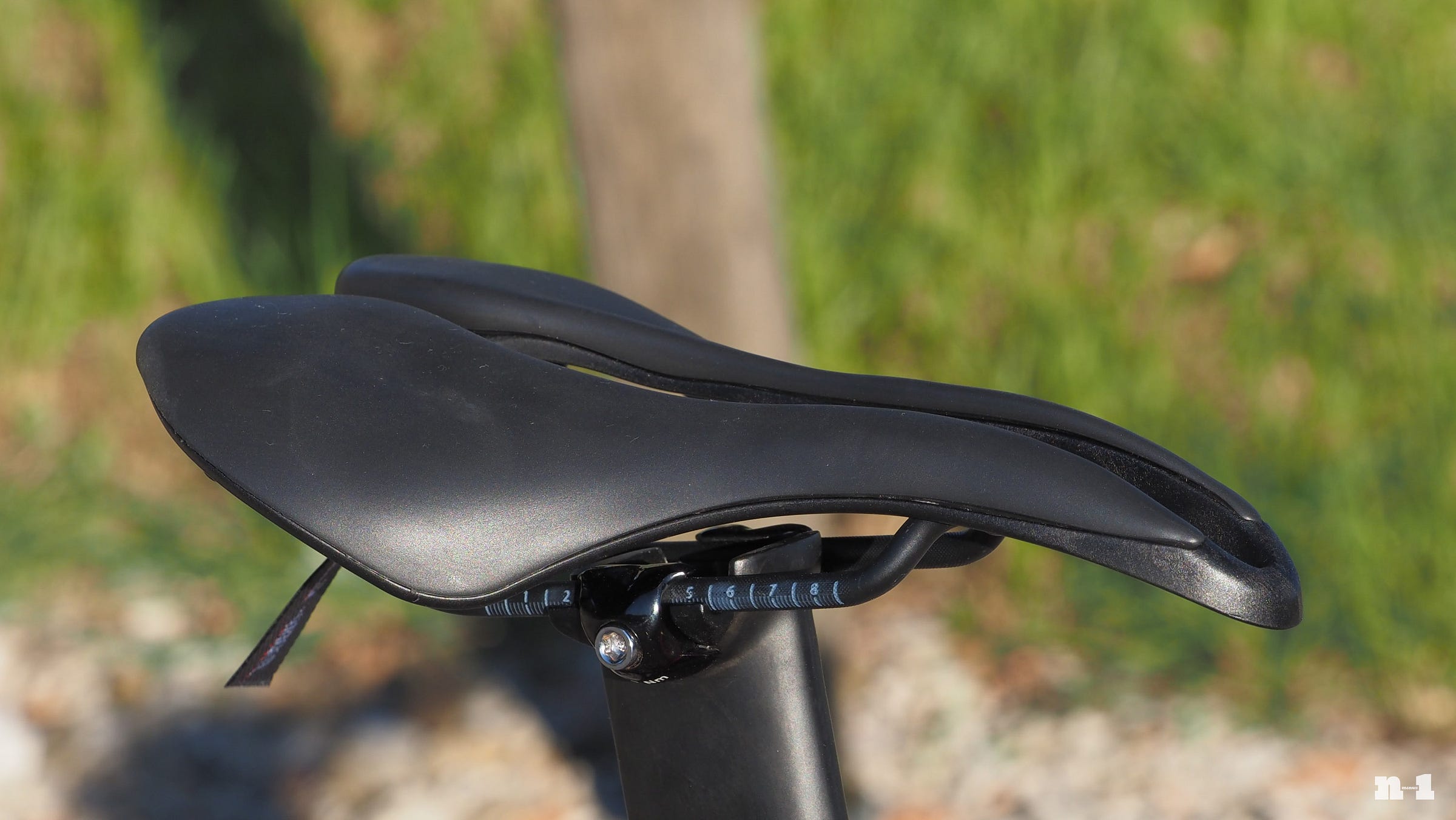
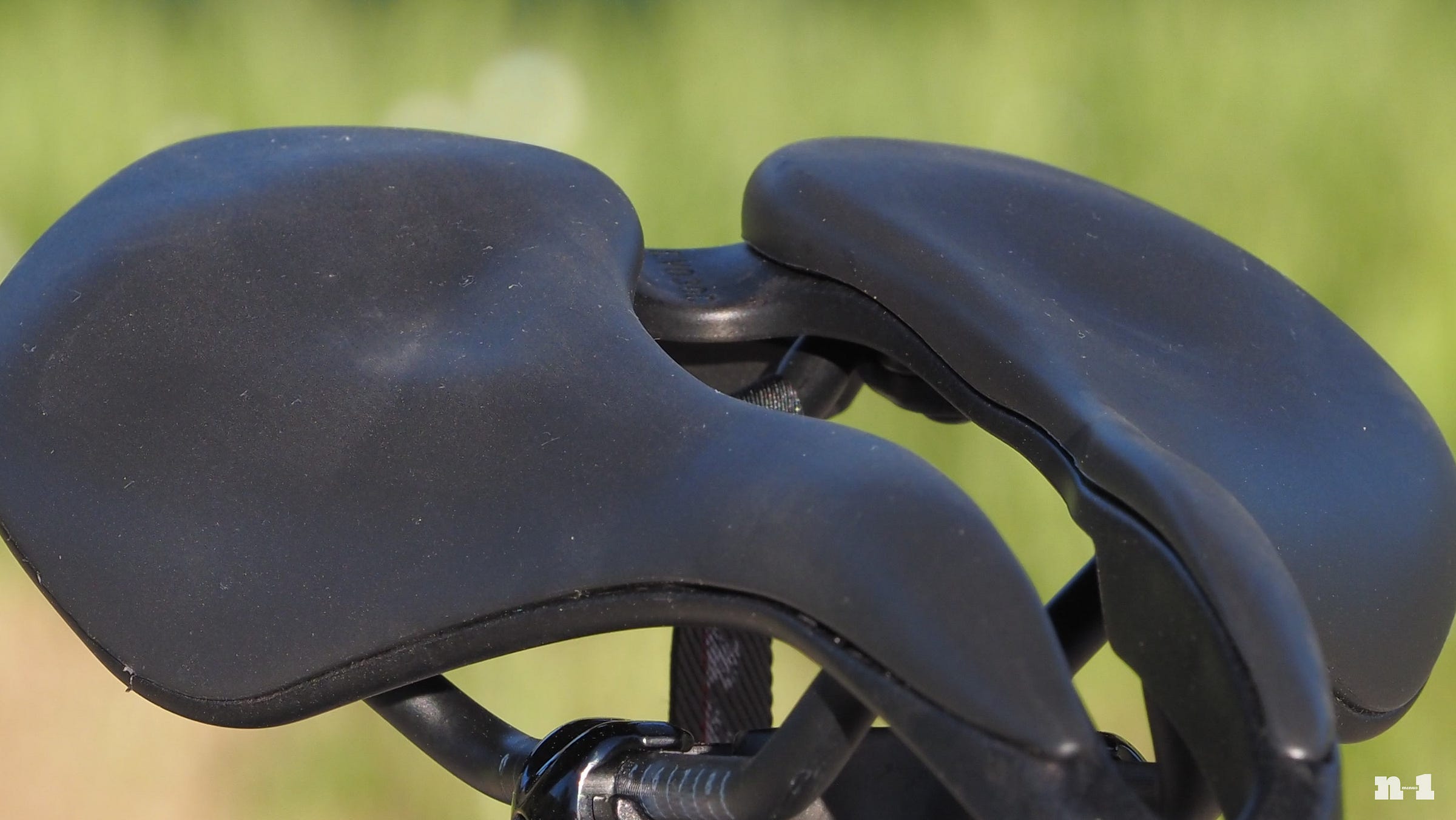
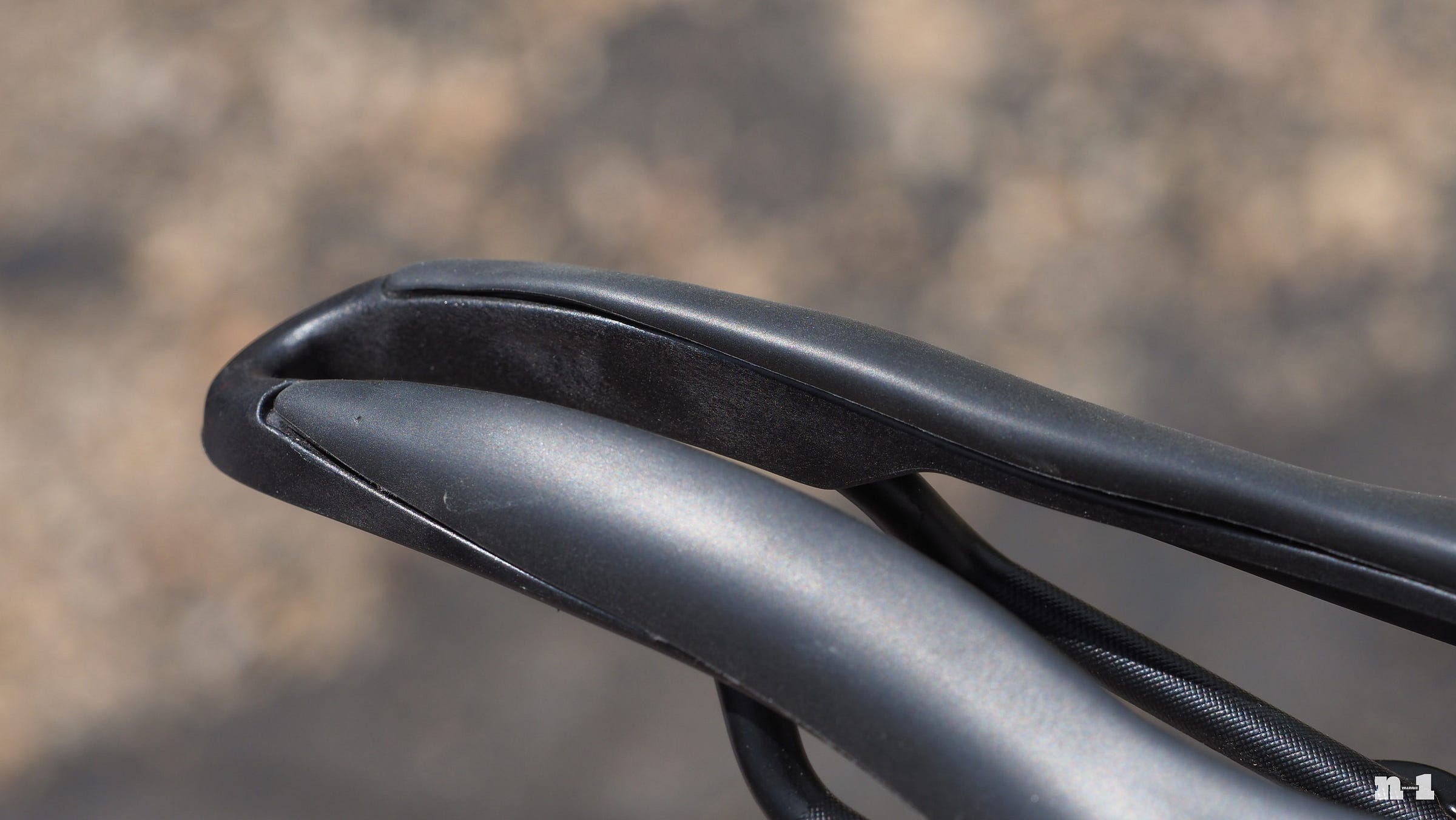
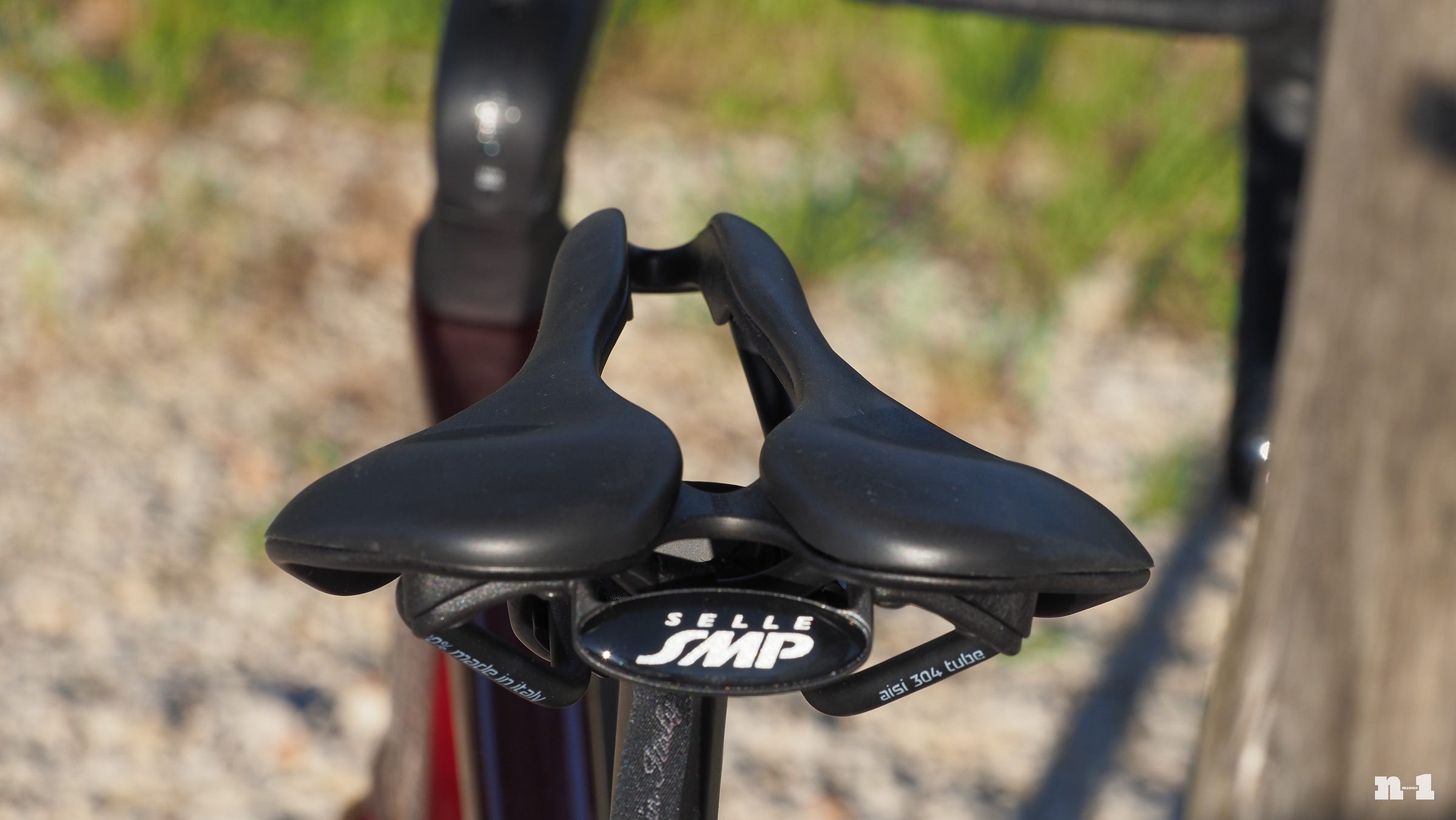
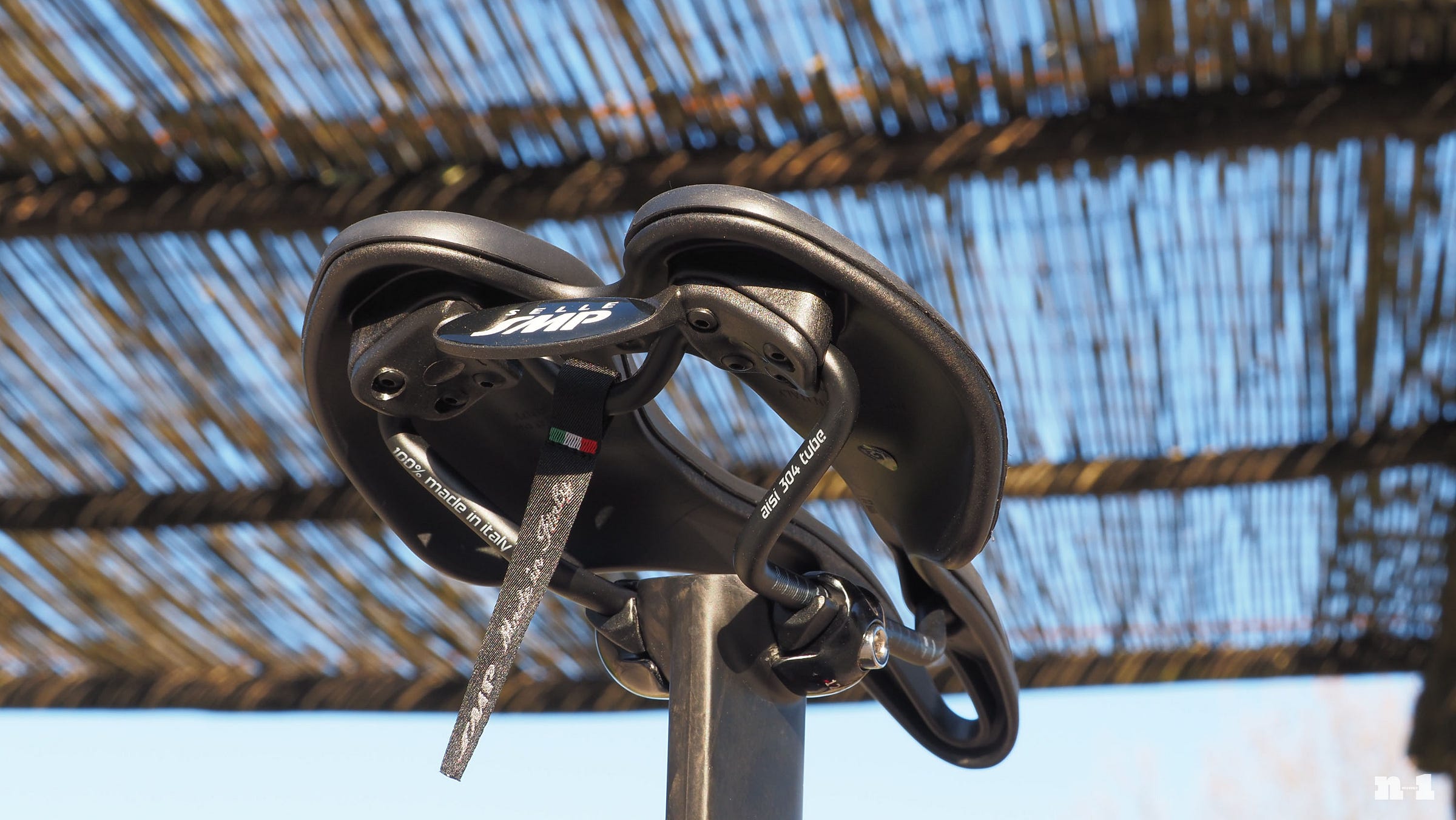
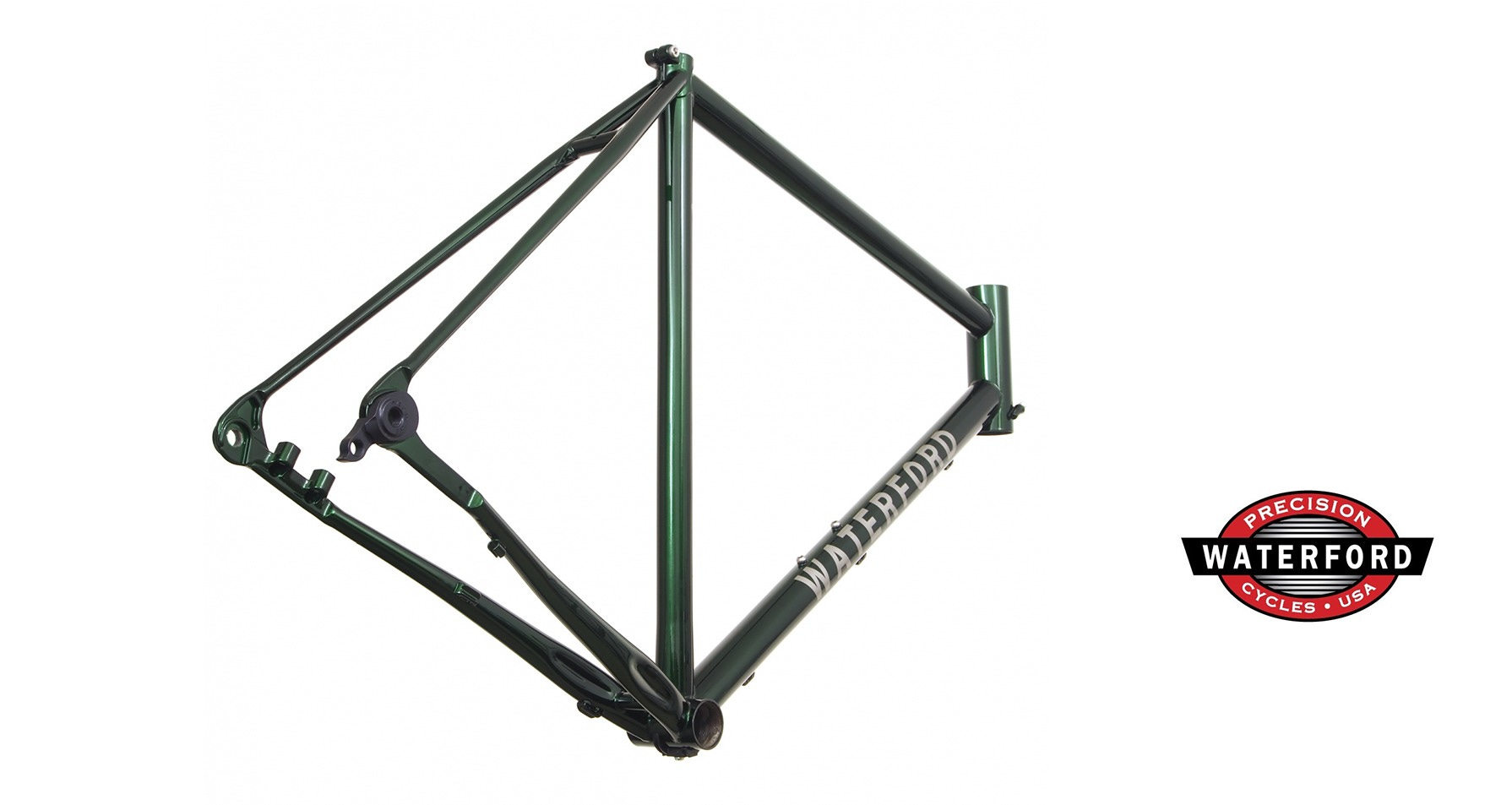

A quick thought that just popped into my head in case I've given anyone the wrong impression.
My anecdote about the XTR debut should in no way be taken as me throwing shade at Shimano. Their launch plans were already set when I debuted this Substack, and even then, I don't think they knew how to handle privateer media like this (hell, I'm not sure *I* know how to handle it, either).
Every brand will make the decisions they think make the most sense for them in terms of their marketing/PR/outreach/etc., and I don't begrudge them for it in the least. I've been around the block enough times to understand that I'm not owed anything, and I sure as hell know better than to take things personally (because it usually isn't).
I'll get my hands on this stuff eventually. NBD.
I found the poll almost impossible to answer since I like everything! Probably your honest take on everything is what I enjoy the most. Keep it up!